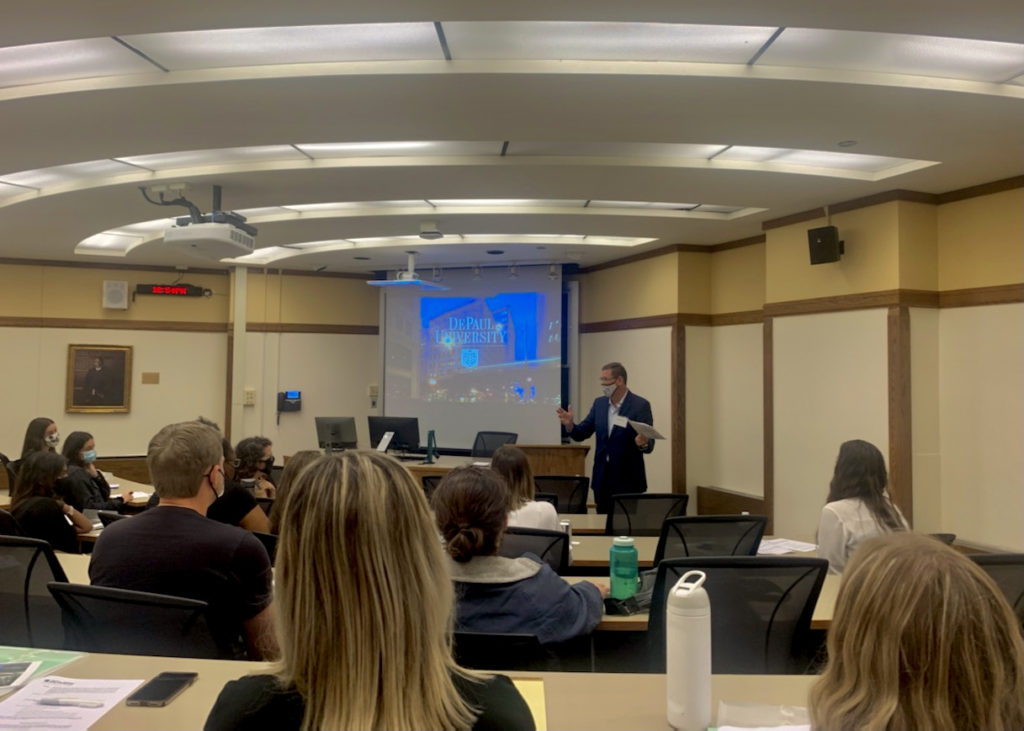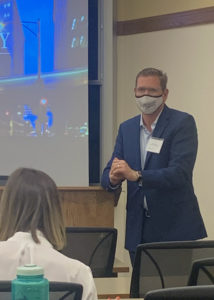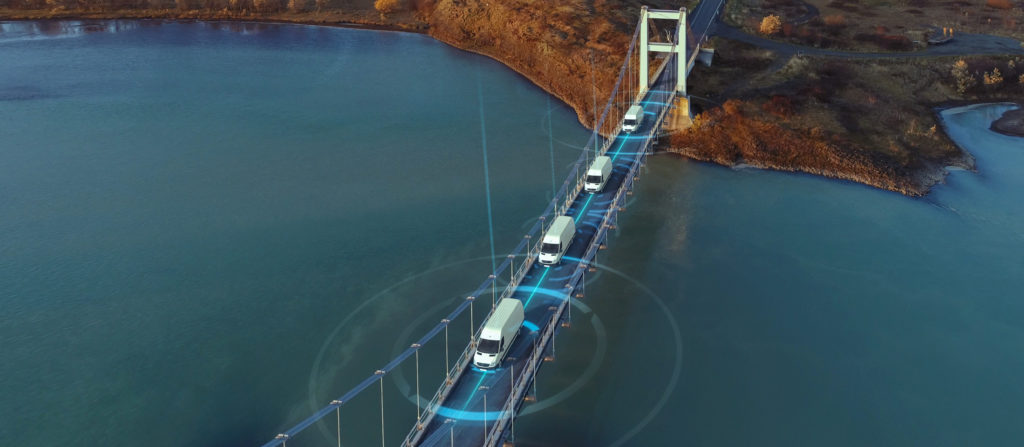“Hours of service was the most cited driver out-of-service violation during this year’s International Roadcheck, accounting for 41.5% of all driver out-of-service violations,” said CVSA in a recent tweet, following the release of their latest annual Roadcheck numbers. “That’s 1,203 violations.”
During the annual International Roadcheck which took place between May 4th and May 6th, CVSA inspectors took 6,710 commercial motor vehicles off of North American roadways and 2,080 total drivers off of roadways, which came out to a 16.5% commercial vehicle out-of-service rate and a 5.3% driver out-of-service rate for the continent.
The annual International Roadcheck takes place across Mexico, Canada, and the United States through a CVSA program initiative, with collaboration from the Federal Motor Carrier Safety Administration, the National Guard, Transport Canada, the Canadian Council of Motor Transport Administrators, and Mexico’s Ministry of Communications and Transportation.
The three-day event was an inspection and enforcement effort of high-visibility and high-volume; this year’s event saw more than 40,000 commercial motor vehicle inspections be conducted. Of those, around 83.5% of all commercial vehicles did not have any out-of-service violations.
Still, the most highly-cited out-of-service violation for drivers was hours of service violations, making up 41.5% of all violations and totaling 1,203 citations. Along with hours of service, lighting was another major category in which inspectors accounted for violations. 14.1% of all violations were in this category, making it the third-most-cited violation for out-of-service vehicles and coming out to 1,367 of these particular violations.
Commercial motor vehicles and combination trucks, non-cargo tank HM/DG trucks and combinations, motor coaches and buses, and cargo tank hazardous materials and dangerous goods trucks and combinations were all inspected during the annual Roadcheck initiative by CVSA-certified inspectors. These professionals conducted these inspections throughout the United States, Canada, and Mexico at designated inspection stations, weigh stations, and other designated roadside locations.
“Inspectors performed 23,135 Level I Inspections and removed 5,048 vehicles (21.8%) and 1,200 (5.2%) drivers from roadways due to the discovery of critical vehicle or driver inspection item violations as identified in the CVSA North American Standard Out-of-service Criteria,” explained CVSA.
This kind of inspection–the North American Standard Level I Inspection–is a 37-step process and was the primary method of inspections conducted during the event. 2020’s Roadcheck event was delayed due to the pandemic and finally took place between September 9th and September 11th, finding an out-of-service rate for commercial vehicles of 20.9% throughout the continent. This was a considerable increase from 2019’s out-of-service rate, which came out to be 17.9%–a surprising boost in regards to to the lessened roadway traffic that came from the pandemic era.
Additionally, although overall miles driven dropped by 13% in 2020 with shelter-in-place orders active throughout North America, roadway fatalities rose by 24% in 2020 as compared to 2019, according to the National Safety Council’s figures in CVSA’s recent news release.
During 2020, the fourth-most-cited driver violation was the “failure to use a seat belt while operating a commercial motor vehicle,” which totaled more than 32,000 violations of this kind just in the United States, according to the Management Information System data released by the Federal Motor Carrier Safety Administration. During 2021’s Roadcheck event, only 773 seat belt usage violations were found throughout the entire continent, with 464 cited in the United States, 305 in Canada, and just four in Mexico.
In regards to the most commonly-cited violations found during the 2021 International Roadcheck event, the top five for commercial motor vehicle drivers were having the wrong class license (565 citations making up 19.5%), having false or inadequate logs (427 citations making up 14.7%), having a suspended license (132 citations making up 4.6%), hours-of-service violations (1,203 citations making up 41.5%), or other various violations (482 citations making up 16.6%).
For commercial motor vehicles themselves, the top five violations this year were issues with tires (1,804 citations making up 18.6%), lights (1,367 citations making up 14.1%), brake systems (2,564 citations making up 26.5% percent), brake adjustment capabilities (1,203 citations making up 12.4%), and cargo securement capabilities (1,192 citations making up 12.3%).






